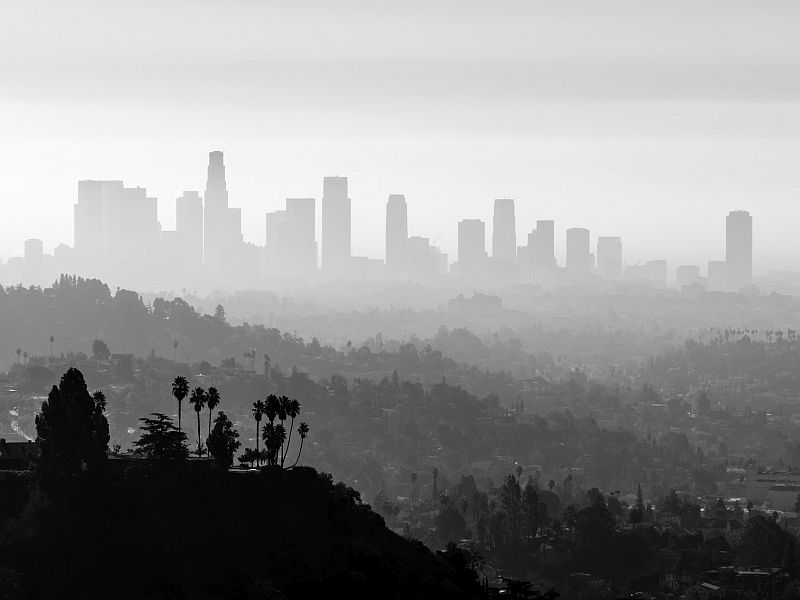
Four in 10 Americans live in areas where they face a climate change-linked “double whammy” of smog and high ragweed pollen levels.
That’s the conclusion of a new report from the Natural Resources Defense Council (NRDC). Washington, D.C., was the worst of these “hot spots,” the findings showed.
People in areas with high levels of ozone smog and ragweed pollen are at increased risk for respiratory allergies and asthma. This can lead to more sick days, increased medical costs, and a higher number of heart problems and premature deaths each year, the report authors noted in an NRDC news release.
“It’s alarming: Today, 127 million Americans live where ragweed and ozone can threaten their next breath. And climate change can make matters worse,” said project leader Kim Knowlton, a senior scientist at the NRDC.
“This double-whammy health threat will just get worse if we don’t curb climate change soon,” Knowlton added.
There is little doubt that the planet is getting warmer: Since scientists began tracking global temperatures in the 1880s, 16 of the 17 warmest years have been logged since 2001, according to NASA and the U.S. National Oceanic and Atmospheric Administration.
Warmer air and carbon pollution hasten the formation of smog and encourage the growth of ragweed and other pollen-producing plants, the researchers pointed out. And as warm seasons lengthen, higher pollen counts will be seen for longer periods every year, the report said.
Juanita Constible is special projects director in NRDC’s climate and clean air program. “It’s ironic and tragic that the nation’s key ‘hot spot’ is Washington, D.C., the very place where wrongheaded policy threatens to make climate and pollution problems worse by the day,” she said.
“We should instead continue on the path to strong ozone pollution limits, curbs on power plant carbon pollution and better vehicle fuel efficiency. That’s how we’ll ensure that Americans, today and tomorrow, have clean air to breathe,” she added.
The NRDC said companies and all levels of government need to help reduce smog-forming pollution and carbon pollution from power plants, vehicles and other sources.
The council also said Americans must demand that all levels of government prepare for climate change-related health threats. Currently, less than one-third of states have developed a plan to address these health impacts, according to the NRDC.
The report, released July 11, said that the 15 areas with the highest percentage of residents living in counties with both ragweed and unhealthy ozone days, in order, are: the District of Columbia, Connecticut, Rhode Island, Illinois, Pennsylvania, Utah, Ohio, Arizona, Michigan, Massachusetts, Delaware, Wisconsin, New Hampshire, Indiana and Kansas.
More information
The World Health Organization has more on climate change and health.
Source: HealthDay

Leave a Reply